The Spy Kids Movies: 10 Behind-The-Scenes Facts About The Films
Let's dive into the world of Spy Kids!

Over the years, Robert Rodriguez has given movie lovers iconic action flicks like Desperado, From Dusk till Dawn, and Sin City. In that same stretch of time, the visionary filmmaker has also been responsible for several of the most out there children’s movies like the Spy Kids franchise as well as The Adventures of Sharkboy and Lavagirl and its sequel We Can Be Heroes. As part of our ongoing partnership with Plex, which is a great place if you’re looking for somewhere to watch the Spy Kids movies for free, we’ve put together a list of behind-the-scenes facts from the long-running and star-studded franchise. There are a lot of movie facts to break down, so let’s jump into the action already…
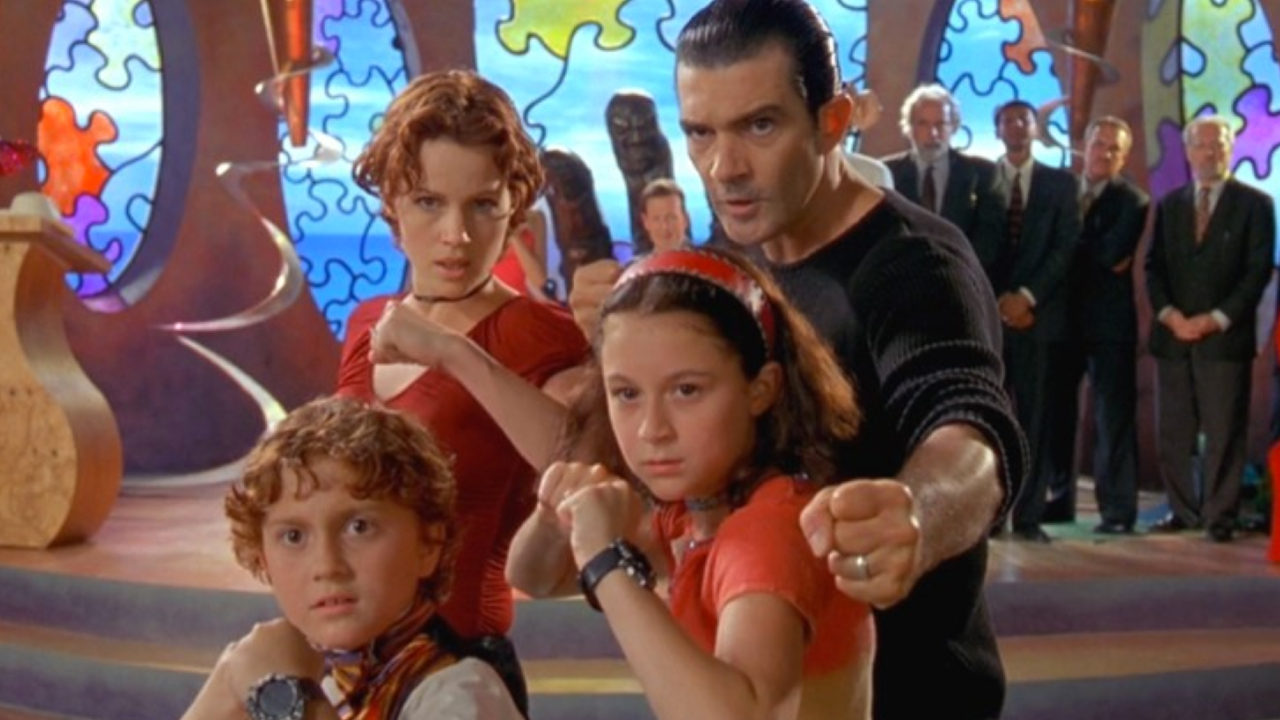
Robert Rodriguez Edited The First Spy Kids Movie In His Garage And Looked At It Like A Big Home Movie
It doesn’t matter if you are a fan of the Spy Kids movies or not, there is no denying the fact that Robert Rodriguez created something unique in 2001. A lot of that has to do with how much blood, sweat, tears, and love Rodriguez put into the first Spy Kids movie and every installment that has followed. During a 2001 interview with The Guardian, Rodriguez explained that to get the most out of his $36 million budget, he figured out how to make a lot of the movie himself, saying:
I edited it in my garage, and it had to feel personal or it would be like one of those studio-made kids’ movies that are just awful. It’s a big home movie, basically.
This personal touch, and creative tricks he used throughout the production, gives Spy Kids a unique look and feel, one that has helped the movie stand out so much the past 20 years.

The Thumb-Thumbs In Spy Kids Were First Drawn Up By Robert Rodriguez When He Was 13 Years Old
Not only did Robert Rodriguez write, direct, and edit the first Spy Kids movie, he also came up with most of the strange experiments and creatures that come across the screen throughout the movie. When speaking with Creative Screenwriting in 2015, Rodriguez revealed that he first came up with the Thumb-Thumbs, the robots who serve as the personal bodyguards for Fegan Floop (Alan Cumming), when he was 13 years old. In fact, the original design of the strange characters won Rodriguez his first art contest way back when.

The Extra Heads And Hands Worn By Tony Shalhoub’s Character Minion Were Practical Effects
One of the biggest shockers in Spy Kids is the moment in which Alexander Minion (Tony Shalhoub) is revealed to be the movie’s main villain in the epic (and grotesque) face-changing scene. During this pivotal scene, Minion grows three additional faces and extra hands, creating a terrifying monstrosity. During a 2021 interview with Vulture, Shalhoub explained that the transformation required him to wear an “enormous” prosthetic that was at least a foot tall and a foot wide whenever the disfigured character was seen on screen. The actor also recalled that director Robert Rodriguez gifted him a bronzed version of the mask, which he still has all these years later.
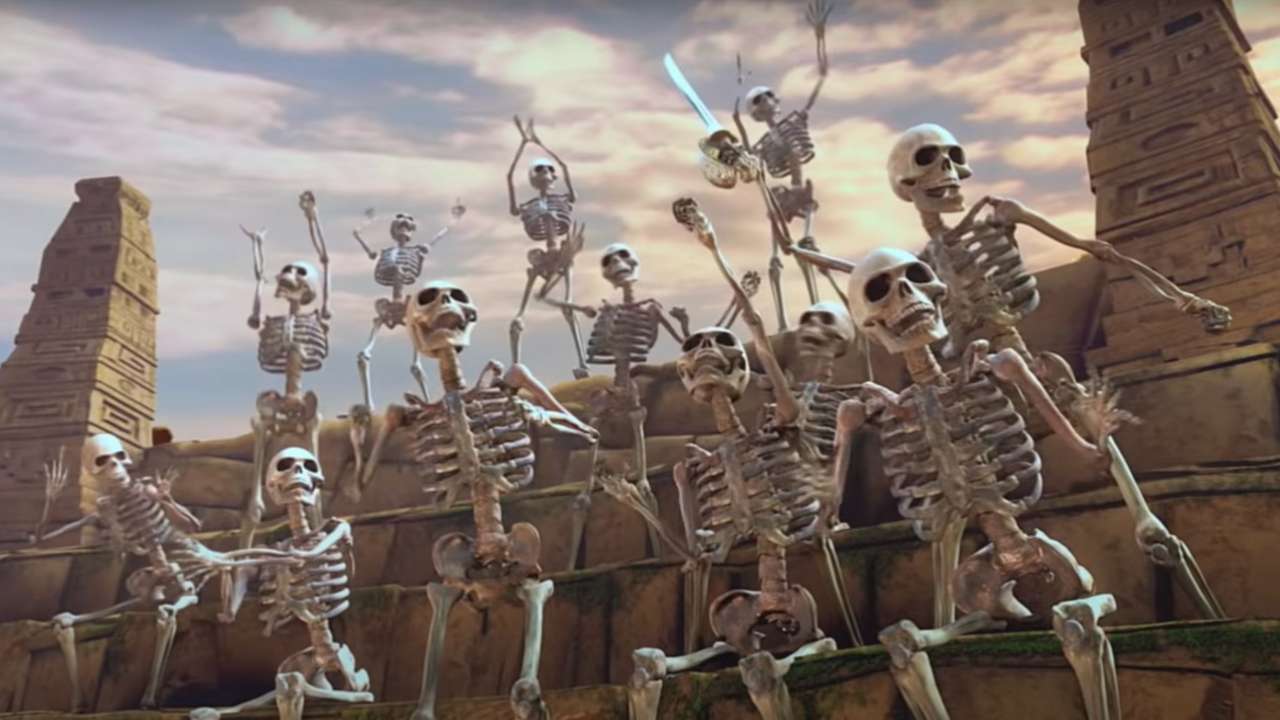
Robert Rodriguez’s Goal With Spy Kids 2 Was To Make A Ray Harryhausen Adventure Like Jason And The Argonauts
In Spy Kids 2: The Island of Lost Dreams, Carmen (Alexa Vega) and Juni Cortez (Daryl Sabara) meet Romero (Steve Buscemi), a scientist who has created various micro-sized creatures in hopes of giving kids miniature zoos. These creations, which aren’t as small as Romero had originally designed, were inspired by one of Robert Rodriguez’s heroes: the late great Ray Harryhausen, who created some of the most iconic on-screen monsters throughout his legendary career. During a 2002 interview with SciFi.com, Rodriguez admitted that he had always dreamed of making an adventure in the vein of Jason and the Argonauts and the Sinbad movies, and Spy Kids 2 was his perfect opportunity as he found a way to recreate the stop-motion look through digital animation.
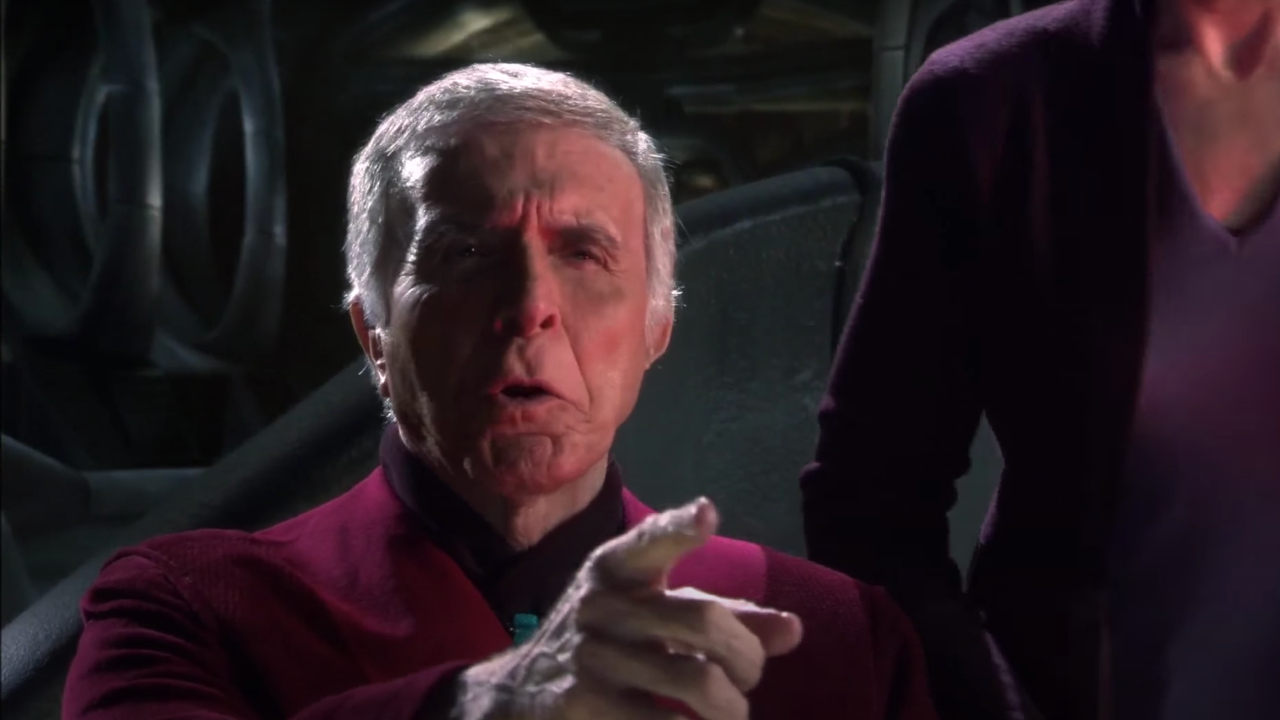
A Screening Of Wrath Of Khan At Quentin Tarantino’s Film Festival Led To Ricardo Montalbán Being Cast In Spy Kids 2
Ricardo Montalbán first joined the franchise with Spy Kids 2: The Island of Lost Dreams, in which he was introduced as Carmen and Juni Cortez’s grandfather Valentin Avellan. When speaking with Creative Screenwriting in 2015, Robert Rodriguez revealed that he first thought about casting the actor for the role after watching a screening of Star Trek II: The Wrath of Khan at a film festival hosted by Quentin Tarantino in Austin, Texas. Montalbán had largely shied away from acting since 1990 due to lingering issues from a traumatic back injury decades earlier, but Rodriguez told him he wouldn’t have to worry about that because his character was in a flying wheelchair (and later on in a digitized suit of armor).
Your Daily Blend of Entertainment News
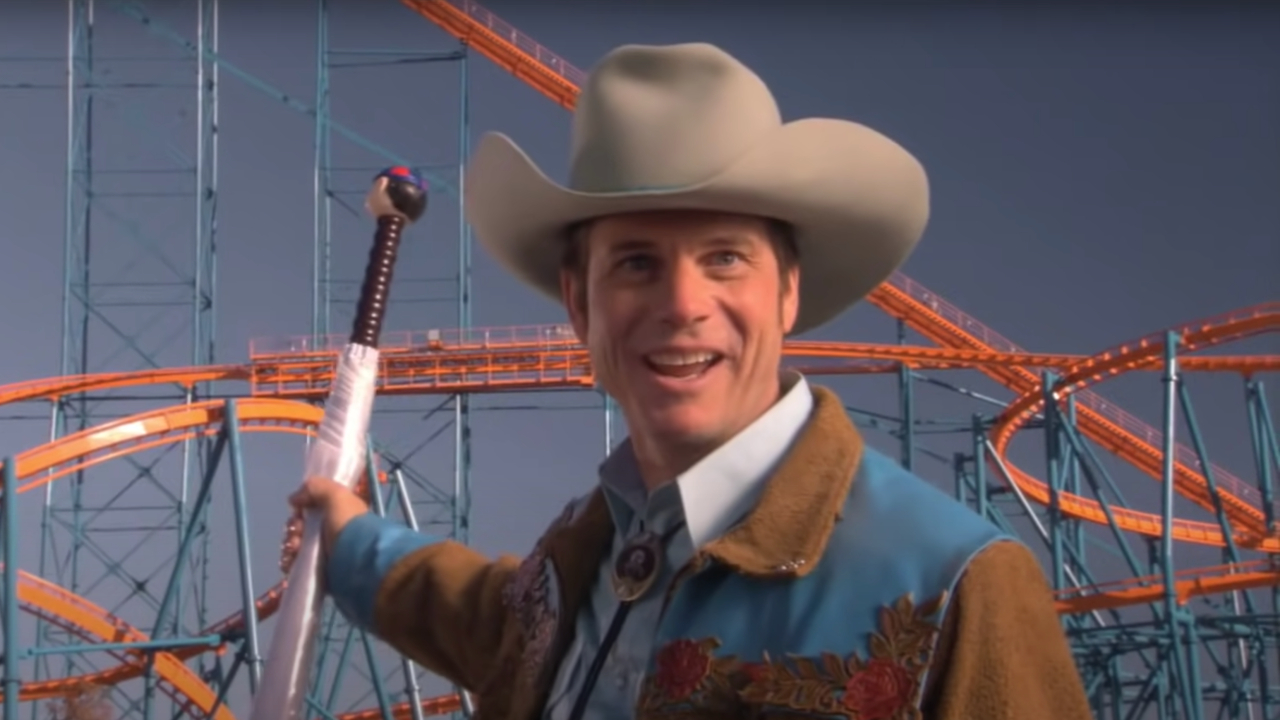
Robert Rodriguez Decided To Shoot Spy Kids 2 Digitally After Watching Early Footage Of Star Wars: Episode II — Attack Of The Clones
One of the major changes Robert Rodriguez made between the first and second installments of the Spy Kids franchise was the decision to start shooting with high-definition digital video instead of film, and that mostly has to do with George Lucas. When speaking with SciFi.com in 2002, Rodriguez recalled the day Lucas invited him to go check out some early footage of Star Wars: Episode II — Attack of the Clones and how the experience changed the way he looked at digital video. Not long after that screening, Rodriguez decided to conduct an experiment while doing reshoots on the first Spy Kids movie in which he would shoot the same scene on film and then on video and then compare the two. Rodriguez was so impressed with the look of the video footage he decided to stick with the medium moving forward.
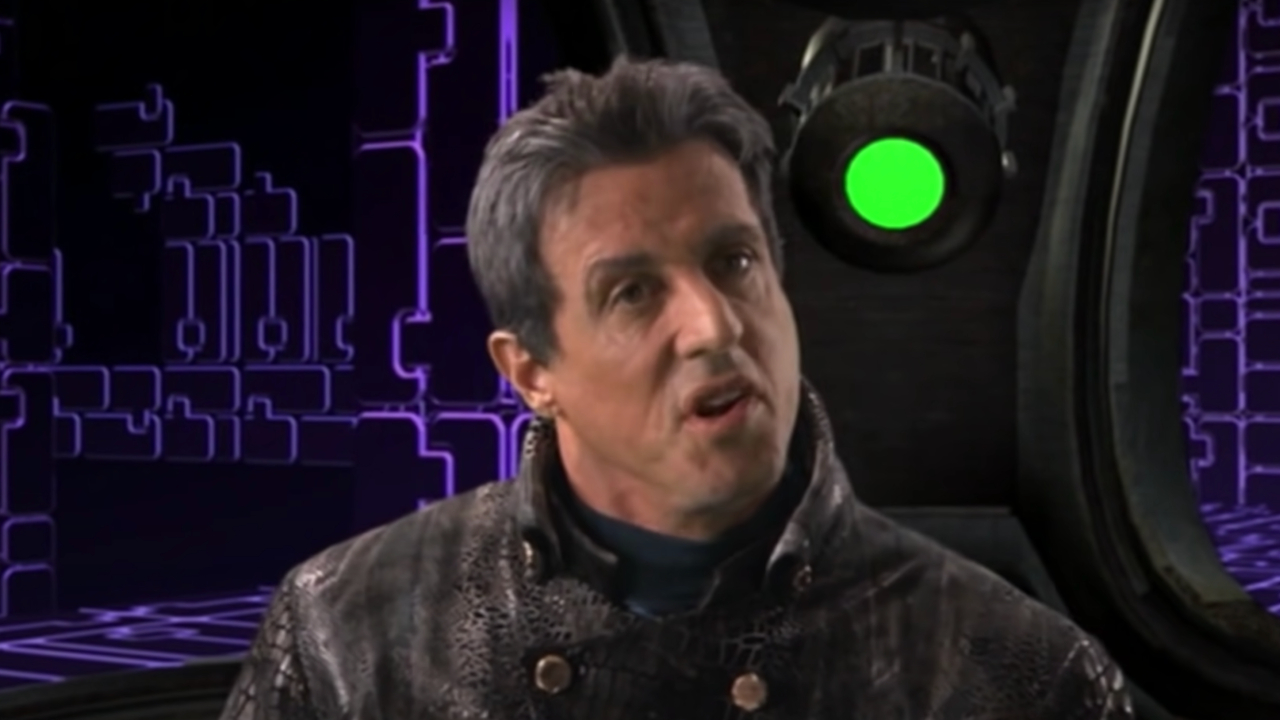
Sylvester Stallone Helped Come Up With A Lot Of The Ideas For His Spy Kids 3-D Character’s Multiple Personalities
There is a scene in Spy Kids 3-D: Game Over in which the movie’s villain, The Toymaker (Sylvester Stallone) has a conversation with three different versions of himself, creating a wacky and out-of-this-world interaction. In a 2003 interview with Indie London, Robert Rodriguez revealed that Stallone himself helped come up with a lot of the ideas behind the three distinct personalities on set, adding that it was a cool experience seeing the legendary Hollywood star try out a bunch of different things in the middle of filming. Rodriguez also admitted that it was nice seeing Stallone being so excited and having so much fun with the experience.
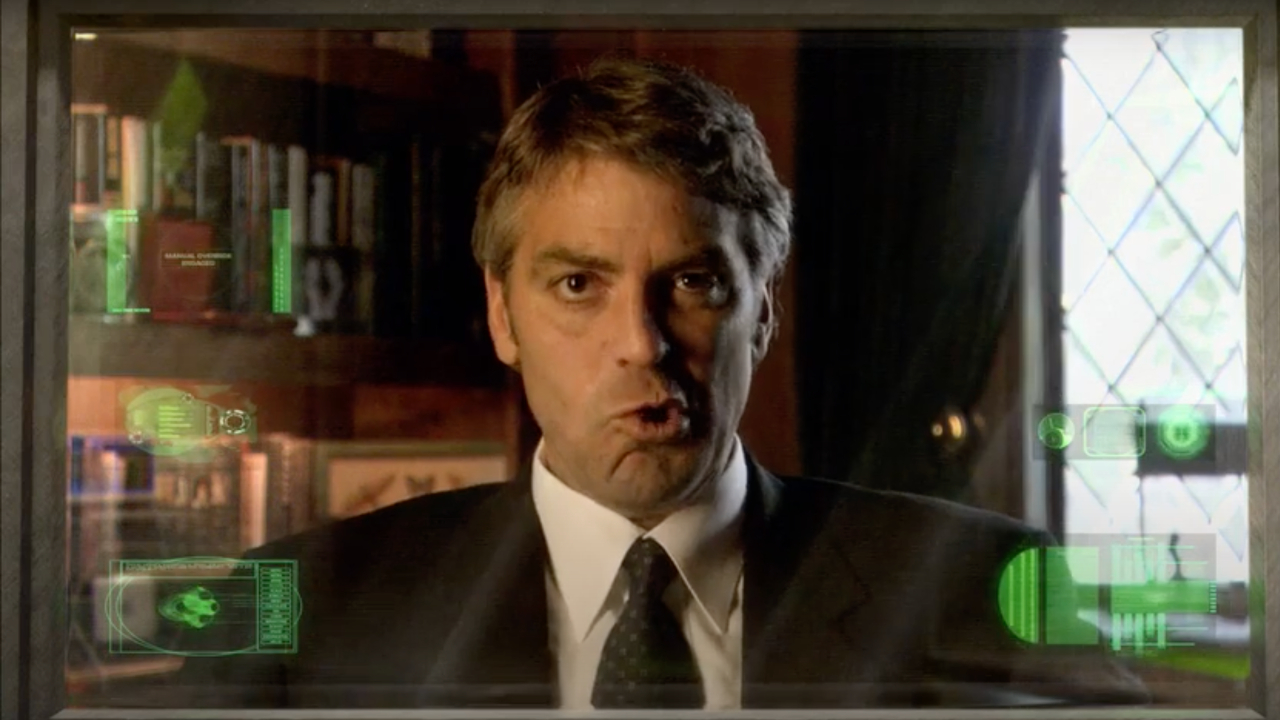
Sylvester Stallone Couldn't Tell The Difference Between George Clooney's Impression Of Him And His Own Voice In Spy Kids 3-D
There is a scene near the beginning of Spy Kids 3-D: Game Over in which it appears former OSS director and current United States President Diego Devlin (George Clooney) is speaking with the movie’s heroes only to be revealed to be The Toymaker announcing his plans to escape a highly-secured cyber-prison. During the scene, Clooney does an impressive impression of Sylvester Stallone, so impressive in fact, Stallone couldn’t tell the difference, as Robert Rodriguez recalled in an interview with Indie London:
I knew I had a transition between the two, because I had already shot [Sylvester] Stallone, and I knew he was a great mimic, so I asked [George Clooney] to start doing his [Stallone's voice] and said I'd put the two voices together and morph them, and that take at the end is the first that he did on camera. You can see he's committing to it, and he couldn't believe how much he sounded like Stallone. That's why he just started laughing. Even Stallone had to ask whether it was his voice, or George’s.
The scene, which is admittedly pretty cool all these years later, shows George Clooney not only get down the tone of Sylvester Stallone’s voice, but all the cadence and other minor details.
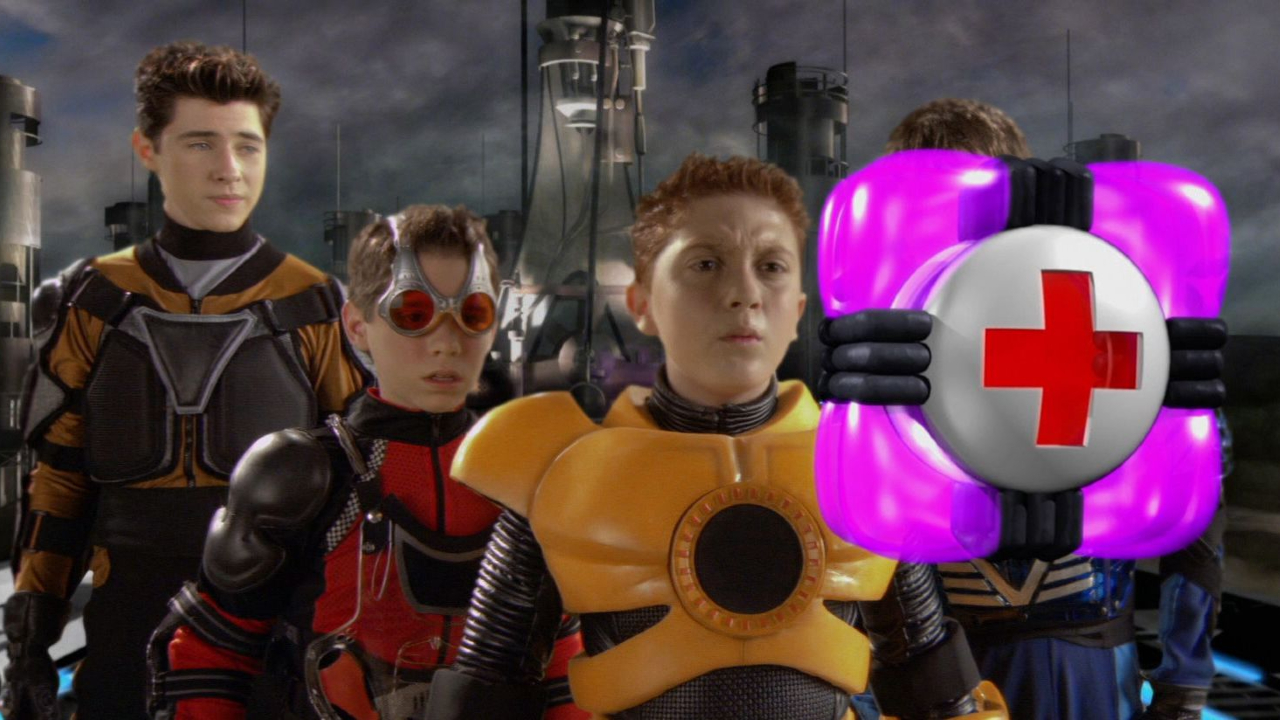
Spy Kids 3-D Was Almost Entirely Shot On Green Screen, Which Required A New Technique
Released several years before the 3-D trend made a major comeback at theaters, Spy Kids 3-D: Game Over used the technology to better tell its cyberspace-based narrative (with the help of those special glasses). The process was made difficult because of Robert Rodriguez’s decision to shoot most of the movie on green screens with more times than not the actors being the only real thing on the set. According to Hybride Technologies, the Quebec-based firm tasked with creating the movie’s 3-D effects, artists developed a technology that pushed parts of images into the background while also pulling others into the foreground, creating the illusion of 3-D in a new and unique way.

Robert Rodriguez Was Inspired By A John Waters Movie To Add The ‘Aromascope’ To Spy Kids 4-D
The fourth and final (for now, anyway) installment in the franchise, Spy Kids: All the Time in the World took things to the next level upon its release in the summer of 2011 by not only introducing new heroes but also telling its story in 4-D. The movie’s big gimmick was the use of “Aromascope” which allowed moviegoers to use scratch and sniff cards to smell different odors and aromas throughout the movie. In a 2011 interview with CinemaBlend, Robert Rodriguez revealed that he was inspired by the John Waters movie Polyester which utilized similar scratch and sniff cards in the 1980s. After that, Rodriguez and his team designed cards that were handed out at theaters as well as in DVD boxes upon the movie’s home release.
After reading all of those Spy Kids behind-the-scenes facts, it’s easy to see that the franchise is something that means a lot to Robert Rodriguez. The first three Spy Kids movies are currently streaming for free on Plex.
- Watch Spy Kids Streaming on Plex.
- Watch Spy Kids 2: Island of Lost Dreams Streaming on Plex.
- Watch Spy Kids 3-D: Game Over on Plex.
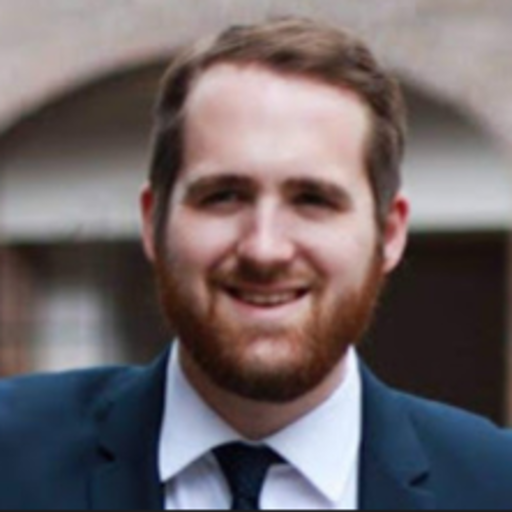
Philip grew up in Louisiana (not New Orleans) before moving to St. Louis after graduating from Louisiana State University-Shreveport. When he's not writing about movies or television, Philip can be found being chased by his three kids, telling his dogs to stop barking at the mailman, or chatting about professional wrestling to his wife. Writing gigs with school newspapers, multiple daily newspapers, and other varied job experiences led him to this point where he actually gets to write about movies, shows, wrestling, and documentaries (which is a huge win in his eyes). If the stars properly align, he will talk about For Love Of The Game being the best baseball movie of all time.
